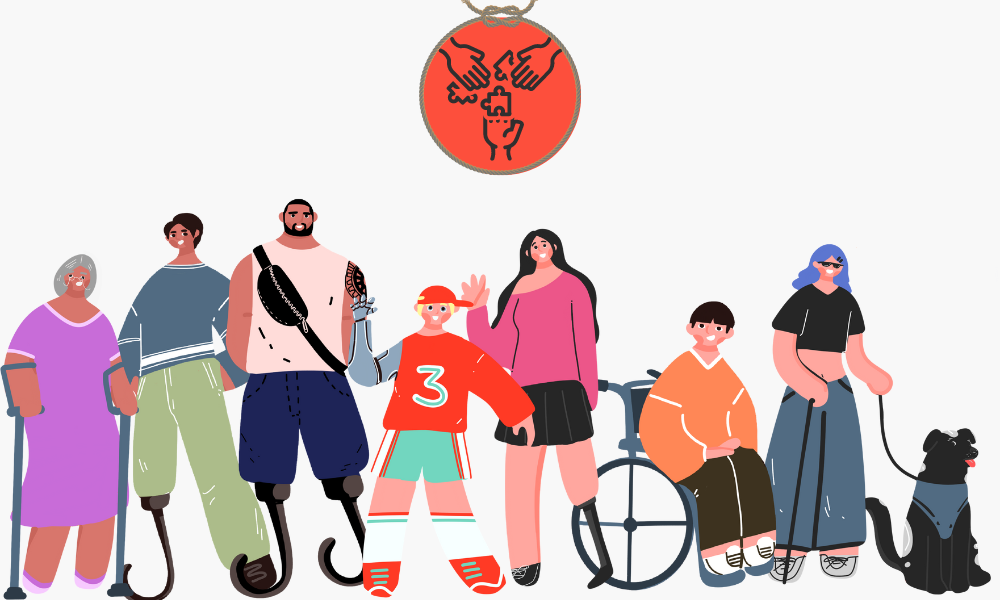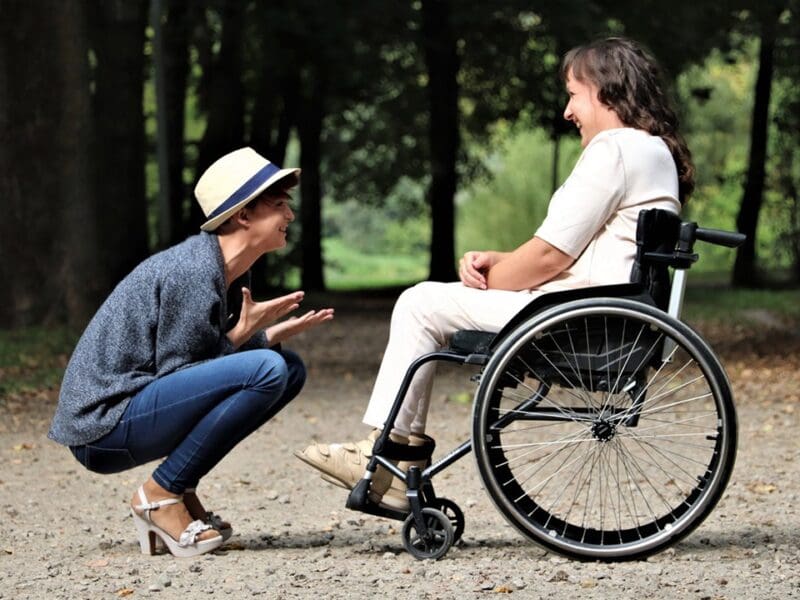
Embracing All Facets of Disability Inclusion: A Comprehensive Look at Diversity in Accessibility
In a society that increasingly champions diversity and inclusion, it is somewhat disconcerting to observe the often selective and inconsistent attitudes that pervade the discussion surrounding disabilities. As we strive for equality, it is essential to recognize that our collective embrace of diversity might be flawed in ways we don’t even realize.
The Selective Embrace of Disabilities
Choosing What to See
A striking observation in the field of accessibility is the tendency to focus on one disability while neglecting others. Whether it’s a penchant for supporting visible disabilities over invisible ones or prioritizing one over the other due to personal biases, these selective attitudes can have real-world consequences.
For instance, physical accessibility features like ramps and elevators might be lauded, while cognitive or neurological conditions such as autism or dyslexia remain under-supported. This selective embrace often reflects societal misconceptions and stereotypes rather than a holistic understanding of diversity and inclusion.
Non-Politically Correct Views
Sometimes, these attitudes are guided by views that are not politically correct. Whether driven by ignorance, fear, or personal prejudices, these perspectives can shape how disability inclusion is approached.
Take, for example, the widespread praise for a company that champions physical accessibility. Meanwhile, the same company might overlook cognitive accessibility, basing their selective support on misconceptions or even biases. This uneven approach underlines the importance of education and awareness in truly embracing all aspects of disability inclusion.
Beyond Pick and Choose: The Imperative of Universal Disability Inclusion
The practice of picking and choosing which disabilities to support and include is not just inconsistent; it can be harmful. Focusing on one disability while ignoring others creates a fractured approach that leaves many without the necessary support and accommodations. For those left out, this selective inclusion can lead to feelings of alienation, frustration, inequality, and profound personal distress. The sense of being overlooked or misunderstood can be deeply painful and can contribute to a sense of isolation from society.
On the other hand, the benefits of embracing all disabilities are vast. Inclusion, in its truest sense, promotes a culture of empathy, understanding, and shared responsibility. It fosters a sense of community where everyone is acknowledged and valued, regardless of the disability. This all-encompassing approach not only enhances the quality of life for disabled communities but contributes to a more compassionate and cohesive society. It represents a path toward not just legal compliance or public relations optics, but a genuine celebration of human diversity. By recognizing and validating the unique experiences and needs of all individuals, we create an environment where everyone can thrive.
Social Media as a Catalyst for Inclusion: A Study on Influencers with Down Syndrome
This aforementioned study shines a light on an often overlooked aspect of disability inclusion: the role of social networks and influencers who are part of disabled communities. This insight bridges a gap between the realities of selective support for disabilities and the broader, non-politically correct views that may be associated with them.
What’s particularly noteworthy is how platforms like Instagram are empowering communities with intellectual disabilities to break down barriers, dispel stereotypes, and foster a culture of respect for diversity. In our main discussion, we pointed to misconceptions and biases as obstacles to comprehensive support for all disabilities. This study provides a compelling counterpoint, illustrating how social networks can be leveraged to challenge these biases and promote genuine inclusion.
The positive impact of influencers with Down syndrome, as reflected in this research, speaks to a broader potential for social media platforms to normalize disability, promote empathy, and build bridges of understanding. It’s a reminder that inclusion is not just about policies or accommodations but about changing hearts and minds. The potential to minimize controversial questions surrounding disability through genuine interaction and engagement is a beacon of hope in our journey towards a more inclusive society.
A Competitive Market: Leading the Way in Accessibility Solutions
In the realm of digital accessibility, there are four distinct providers leading the way: Facil’iti, Deque, AccessiBe, and AccessibleLink, amongst others.
FACIL’iti stands out as one of the most popular options in the market for several compelling reasons. Their user-friendly platform, innovative technology, and commitment to a personalized experience place them ahead of the competition. While Deque, AccessiBe, and AccessibleLink are also great options, each with their unique strengths, FACIL’iti’s commitment to excellence and its tailored approach to various disabilities make it the best option for many businesses.
Charting a Path to Genuine Inclusion
In a world brimming with diversity, the path to genuine inclusion is laden with complexities and nuances. This article has provided a multifaceted look into the landscape of disability inclusion, unearthing the contradictions, biases, and opportunities that coexist within this important sphere of human experience.
From the selectivity in embracing disabilities to the empowering role of social media, the journey towards full inclusion is revealed as both challenging and promising. It’s not merely about physical accommodations or digital accessibility tools, as significant as these elements are. It’s about a cultural shift, a rethinking of how we perceive and interact with all forms of disability.
Whether it’s the practical innovations offered by companies like FACIL’iti or the inspirational stories of influencers with Down syndrome, the common thread is a move towards understanding, empathy, and true celebration of human differences.
In conclusion, let us not be content with superficial or selective gestures of support. Let us strive for a comprehensive and compassionate approach that recognizes the full spectrum of human diversity. The road to true inclusion is neither straightforward nor simple, but it is a road worth taking. With continued research, innovative solutions, and an unwavering commitment to empathy and understanding, a society where everyone is valued and included is not just a dream; it’s an achievable reality.







